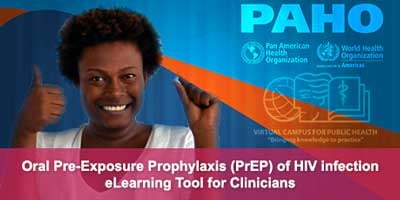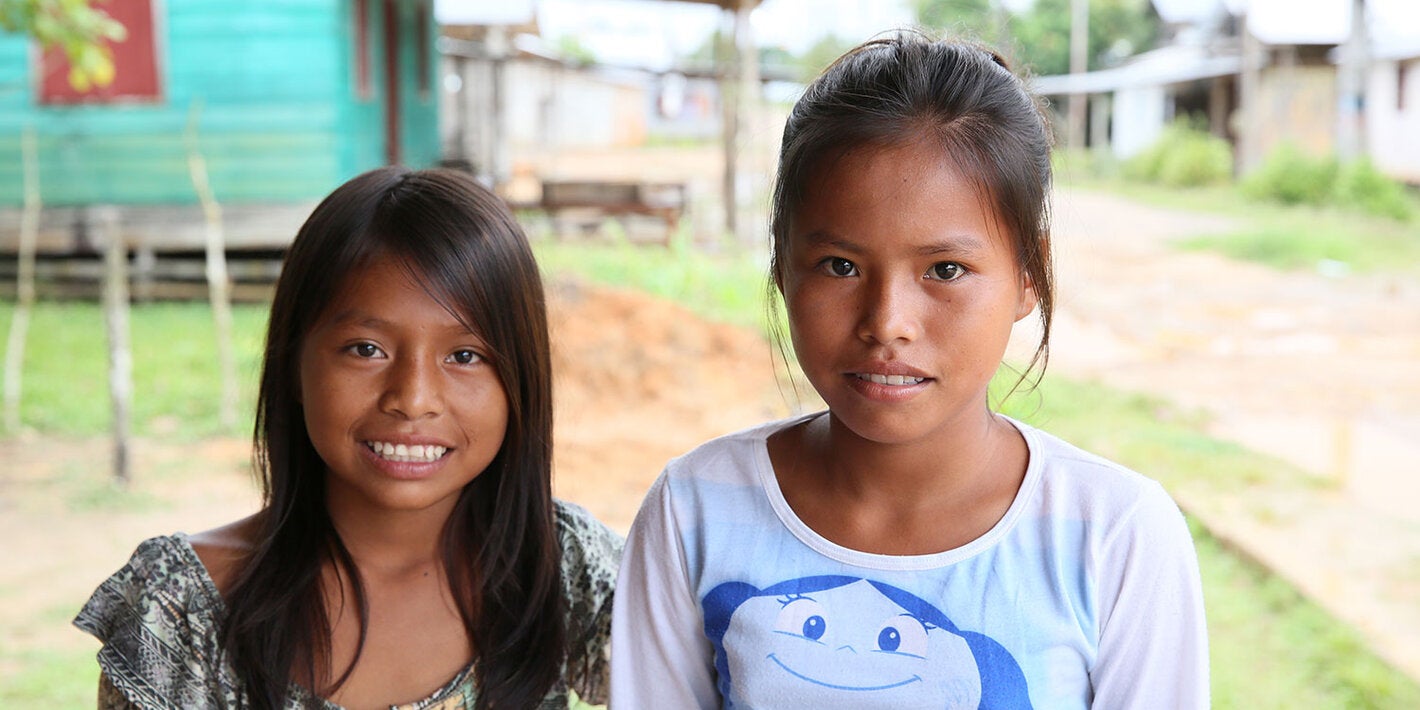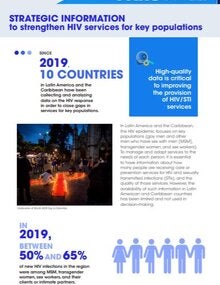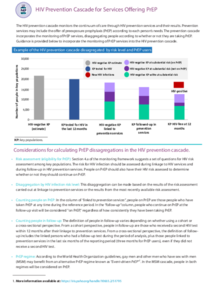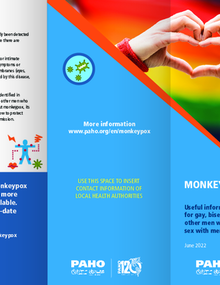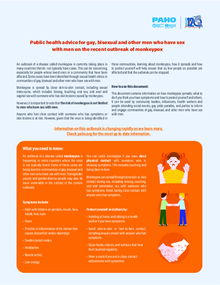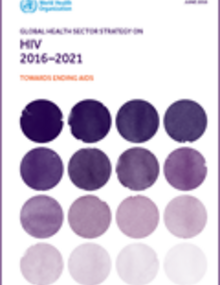Key populations are defined groups who, due to specific higher-risk behaviors, are at increased risk of HIV, irrespective of the epidemic type or local context. Also, they often have legal and social issues related to their behaviors that increase their vulnerability to HIV.
Key populations are important to the dynamics of HIV transmission. They also are essential partners in an effective response to the epidemic.
In the Latin America the two most affected key populations are gay men and other men who have sex with men (MSM) and transgender women, who accounted for almost half of the new infections in 2017; while in the Caribbean, over one third of new infections occur among female sex workers and MSM.
Yet in most countries in Latin America and the Caribbean, HIV prevention, care and treatment services for key populations remain largely inadequate.
Addressing gaps particularly among key populations within the context of combination HIV prevention can help the region end AIDS and to achieve for Health for All by 2030.





